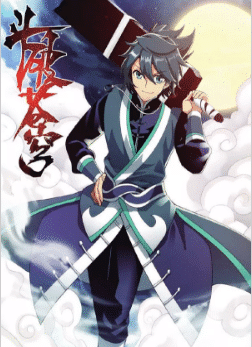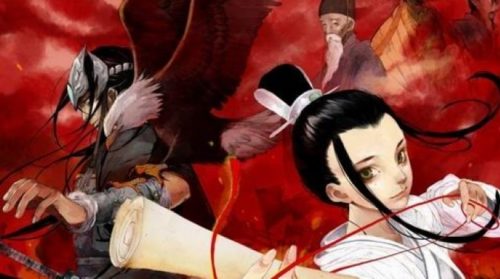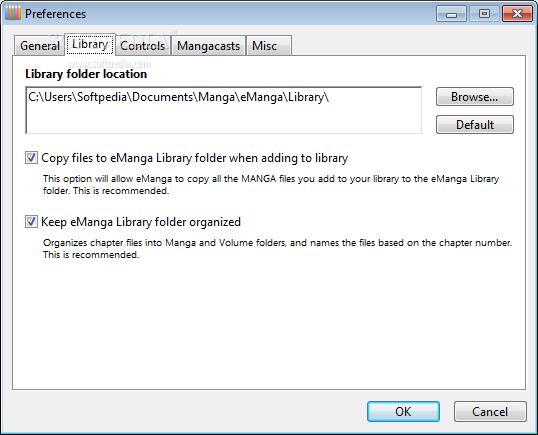
Emphasizing what pictures want also sensitizes the methods of “horizontal reading” (14) and treating manhua as “metapictures” (59) in order to heuristically establish links between the interactive mix of discrete manhua on the magazine page to the socio-political background. Mitchell’s call for what pictures want rather than what they do to analyze the evolving agency of manhua magazines to understand the power relationship between pictures, institutions, and readers.

Within the corpus of manhua magazines and the manhua production practices among key artists of the time, Crespi has excellently demonstrated how those works shape modern living and readers’ worldviews, though they are also strongly steered by the shifting social and political milieu in China over the concerned periods. In the epilogue, Crespi admits that his approach to manhua as periodicals has neglected other manhua publication formats and forms. However, this expanded view has its own limitations. Such a conceptual expansion allows a more holistic view of manhua in reflecting as well as constructing modernity and a sense of community through the act of mass viewing. This view highlights manhua’s “heterogeneity and seriality” (65) in periodicals whereby individual works form “an interactive matrix of images and text” (27) showcasing the modern everyday. Conceptually, Crespi is reserved from taking manhua as the synonym of the English words “cartoons” and “comics.” Instead, he approaches manhua within the trinity of manhua, magazine, and modernity.

John Crespi’s Manhua Modernity: Chinese Culture and the Pictorial Turn contributes to the expanding scholarship on Chinese manhua and print visual culture in the first half of twentieth-century China.
Chines emanga free#
(Illustrations.) US$34.95, paper free ebook. Oakland, CA: University of California Press, 2020. Even the playing field and tailor Liao Tianding to your playstyle with different equippable talismans! These magical items grant you bonuses such as recovering more health from food, regaining stamina faster, or even reducing the damage you take.MANHUA MODERNITY: Chinese Culture and the Pictorial Turn. Explore the Dadaocheng area of Taipei city as it looked like in the early 1900’s Run through colorful streets, ride on a speeding train, and make your escape through dark sewers, all done in the style of a retro Traditional Chinese Manga. Take on incredible bosses like deadly courtesans, greedy businessmen, and even military leaders, each one guaranteed to challenge you with their dynamic abilities and brutal attacks.

Execute advanced aerial combos, steal weapons from your enemies, use your waist sash and grappling hook to fly around the battlefield, and strike fear into the hearts of your oppressors. Battle the colonial authorities in style with a tanto, waist sash, and fast paced Kung Fu in tightly tuned technical combat. Based on real events, real people and real situations, The Legend of Tianding is an exploration of a place and time often overlooked and presented in the style of Traditional Chinese Manga.

Rob the rich, feed the poor, and fight for justice in the streets of early 20th century Taipei as Taiwan’s legendary outlaw. Liāu Thiam-Ting), vigilante of Taipei city and wanted by the Colonial Japanese authorities.


 0 kommentar(er)
0 kommentar(er)
